Effective Ant Control Guide & Prevention Tips
Ants are incredible insects with a global presence, found on every continent except Antarctica. Their highly organized colonies consist of queens responsible for laying eggs, male drones for reproduction, and diligent worker ants handling various tasks. Ants play a pivotal role in ecosystems as scavengers, pollinators, and even predators. These industrious creatures are renowned for their teamwork, communication through pheromones, and impressive strength relative to their size. Whether you’re marveling at their complex social structure or observing their daily foraging activities, ants are a captivating part of our natural world.
The different species of ants.
Ants, a diverse and abundant group of insects, encompass a wide range of species, each with its unique characteristics and behaviors. Some of the most common ant species include:

Black Garden Ant (Lasius niger)
These tiny, black ants are often found in gardens and homes, scavenging for food. They build intricate underground nests and are known for their strong work ethic.

Bullet Ant (Paraponera clavata)
Often touted as having the most painful insect sting, bullet ants are large and found in South America’s rainforests. They play a significant role in indigenous rituals and folklore.

Harvester Ant (Pogonomyrmex spp.)
These ants are found in arid regions and are known for their seed-harvesting behaviors. They have strong jaws for grinding seeds and play a vital ecological role by dispersing seeds.
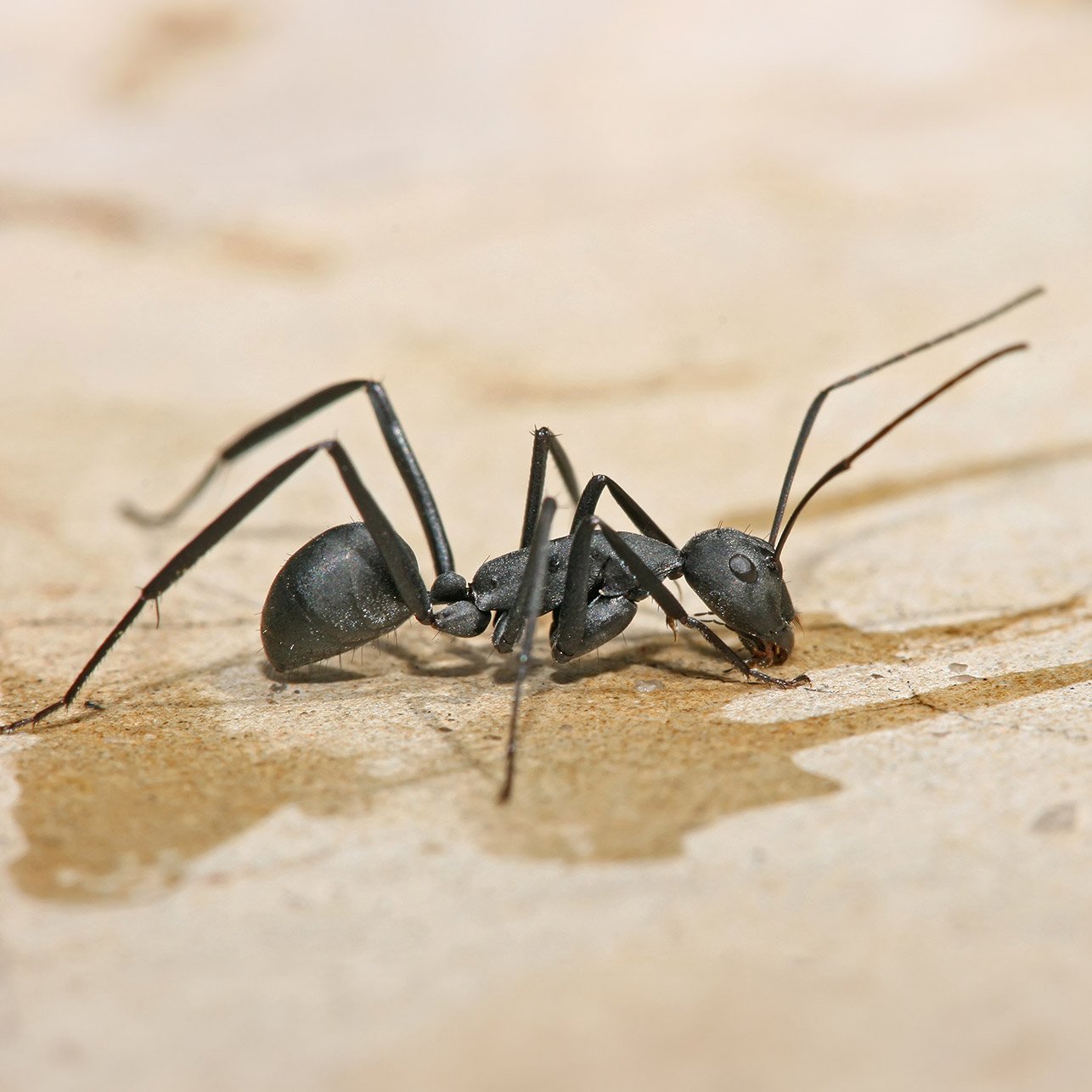
Carpenter Ant (Camponotus spp.)
Unlike termites, carpenter ants don’t eat wood but tunnel through it to create nests. They can cause structural damage to buildings and are typically larger than many other ant species.
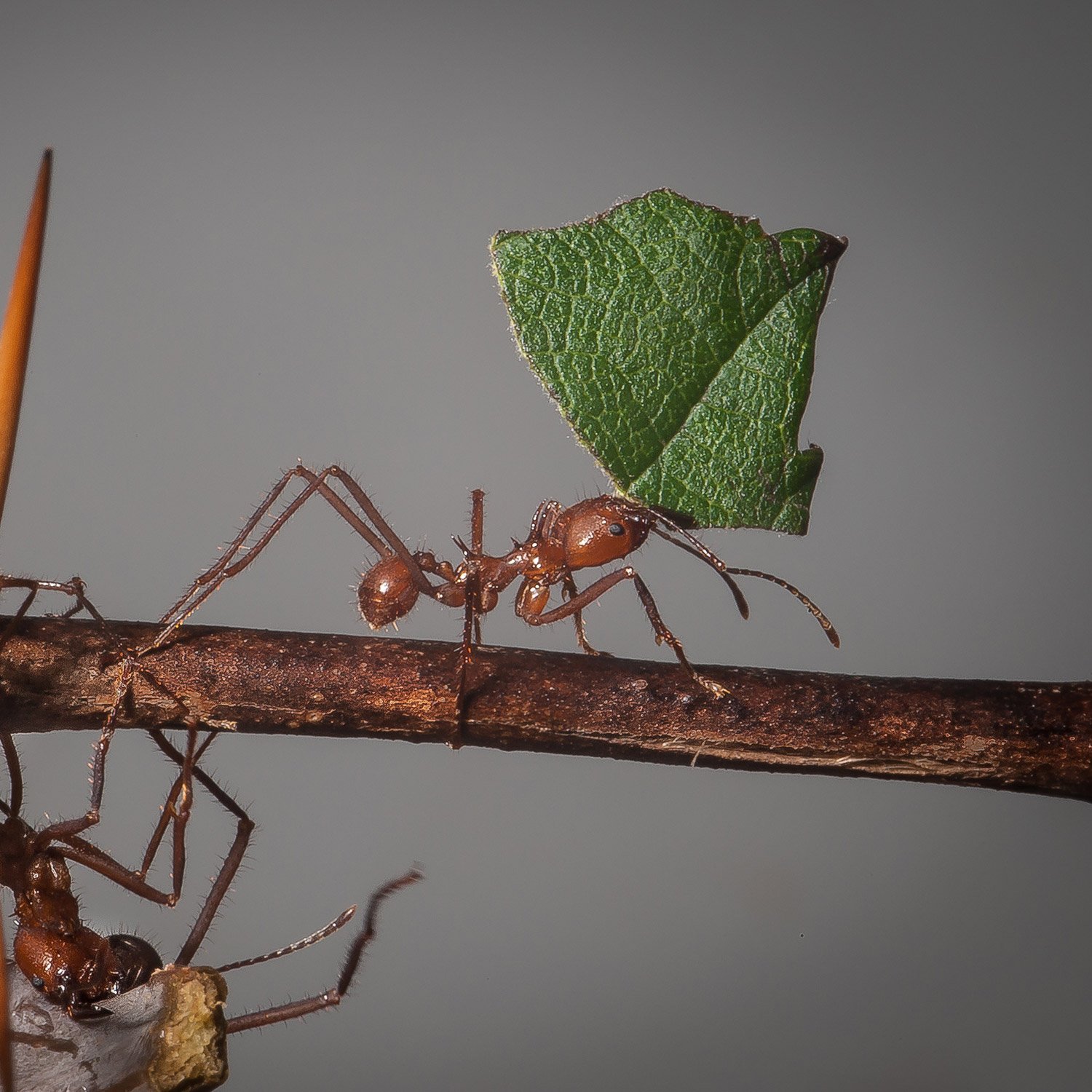
Leafcutter Ant (Atta spp.)
These ants are known for their impressive leaf-cutting abilities, which they use to cultivate fungus as their primary food source. They have highly organized societies with specialized castes.
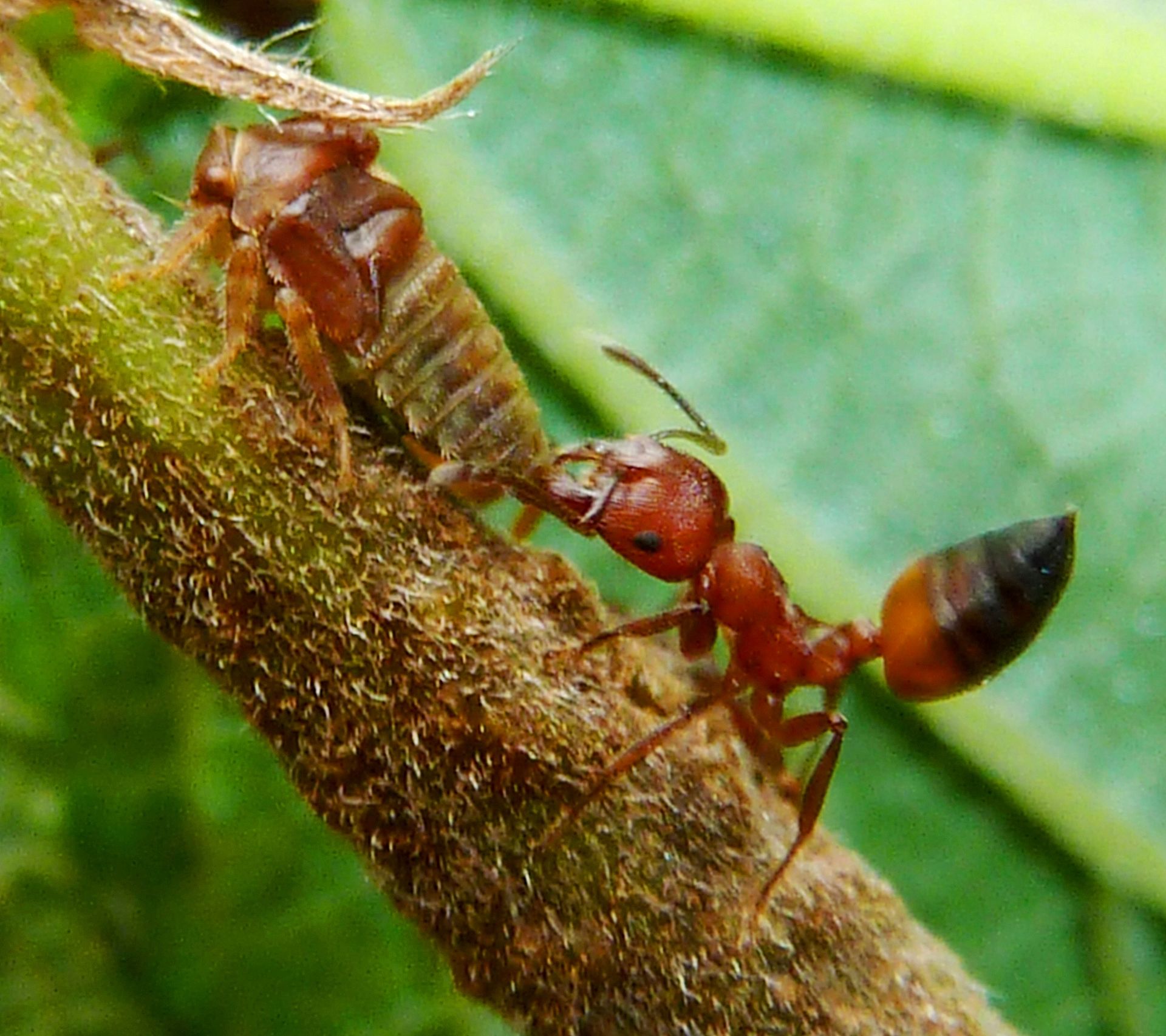
Acrobat Ant (Crematogaster spp.)
Named for their ability to raise their abdomen over their head, these ants are skilled climbers and often nest in trees or shrubs. They are omnivorous and have a diverse diet.

Red Imported Fire Ant (Solenopsis invicta)
Originally from South America, these aggressive ants have a reddish-brown color and deliver painful stings. They form large colonies with multiple queens and are considered invasive in some regions.
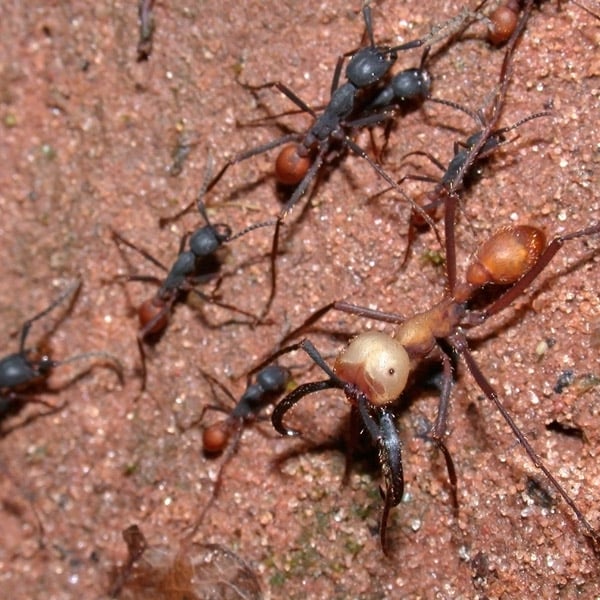
Army Ant (Eciton spp.)
Unlike typical ants, army ants are nomadic and form massive raiding swarms. They are voracious predators, foraging in groups and preying on insects and other small animals.

Velvet Ant (Mutillidae family)
Despite their name, velvet ants are actually wasps. Females are wingless and often brightly colored, while males have wings. Their painful sting makes them memorable.
Understanding the various ant species is not only intriguing but also valuable for pest control, conservation efforts, and ecological studies. Each species contributes uniquely to the balance of ecosystems, making ants a vital part of our natural world.
Ant infestations typically begin with scout ants. These worker ants search for food and water sources, leaving chemical trails (pheromones) for other ants to follow. Identifying and eliminating scout ants can help prevent a full-blown infestation.
The life cycle of ants
The life cycle of ants is a fascinating journey that encompasses various stages, each marked by distinct developments and roles within the colony. Understanding this cycle provides valuable insights into the remarkable world of these industrious insects.

Egg Stage
The ant life cycle begins with the queen laying eggs. These tiny, oval-shaped eggs are usually white and soft. The number of eggs a queen lays can vary depending on the ant species and environmental conditions.
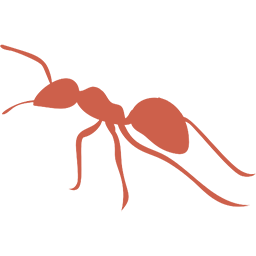
Adult Stage
Upon emerging from the pupa, ants enter adulthood as fully developed individuals. Depending on their role within the colony, they may become queens, male drones, or worker ants. Worker ants are sterile females responsible for colony maintenance, foraging, and caring for the young. Queens are dedicated to egg-laying, and male drones serve as reproductive partners for the queens.
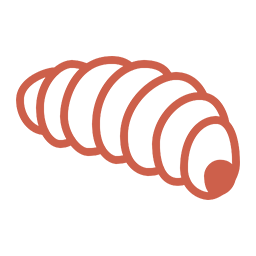
Larva Stage
From the eggs hatch larvae. Ant larvae are legless and worm-like, incapable of moving independently. During this stage, worker ants care for the larvae, providing them with food and protection. Larvae grow rapidly, and their sole purpose is to eat and grow.

Colony Expansion
In a thriving colony, the cycle repeats itself as new generations of ants are produced. Colonies can vary greatly in size, from just a few individuals to super colonies with millions of ants.
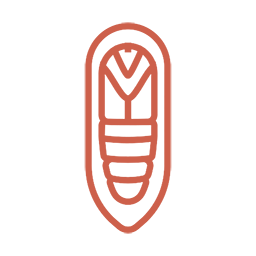
Pupa Stage
After the larval stage, ants enter the pupa stage. They encase themselves in a cocoon-like structure called a pupa, where they undergo metamorphosis. During this time, they transform into their adult form, complete with legs, antennae, and other characteristic features.

Lifespan
The lifespan of an ant can vary depending on its role within the colony. Worker ants typically live for several weeks to a few months, while queen ants can live for several years or even decades in some cases.
Ants are excellent examples of social insects, with each member playing a crucial role in the colony’s survival and success. This remarkable life cycle is a testament to their adaptability and cooperation, enabling ants to thrive in a wide range of environments around the world. Understanding the life cycle of ants is not only intriguing but also valuable for pest control and ecological research.
There are over 12,000 known ant species worldwide, each with unique behaviors and preferences. Identifying the specific ant species involved in an infestation is essential for targeted control.
The seasons most conducive to ants
Ants are highly adaptable insects, and their activity levels can vary depending on the seasons. While ants can be found throughout the year, certain seasons are more conducive to their thriving behavior. Here’s a look at the seasons when ants are most active:

Spring
Spring is often considered the prime season for ants. As temperatures rise, ants become more active, and you’re likely to see them foraging for food and building their nests. This is also the time when ant colonies may produce winged reproductive ants (alates) for mating flights.

Fall
In the fall, ants remain active but start preparing for the colder months ahead. They gather food reserves and, in some cases, may seek shelter indoors to escape the dropping temperatures. As outdoor food sources dwindle, ants might become more of a nuisance indoors.
Summer
Summer is another season when ants are highly active. The warm weather encourages them to venture out in search of food, and you may notice more ant trails leading to food sources in your home or garden during this time. Ant colonies can expand rapidly in the summer, as favorable conditions support egg-laying and larval development.
Winter
Winter is generally less conducive to ant activity. Colder temperatures slow down ants’ metabolism, making them less active. Many ant species hibernate during this time, and you’re less likely to see them outdoors. However, indoor ant infestations can still occur, especially if they’ve found a warm and food-rich environment inside your home.
It’s important to note that ant behavior can vary depending on geographic location and ant species. Some ants are adapted to cold climates and remain active year-round, while others thrive in warmer regions. If you’re dealing with an ant infestation, it’s crucial to address it promptly, regardless of the season. Ants can be a nuisance and, in some cases, cause structural damage. Consider seeking professional pest control assistance to effectively manage ant problems and prevent them from returning in future seasons.
Ant activity often increases during warmer months, such as spring and summer. These seasons are prime times for ants to forage and expand their colonies. Be particularly vigilant during these periods.
Where do ants come from, their habitat
Ants, those industrious little insects, have a diverse range of origins and habitats around the world. Understanding where ants come from and their preferred habitats is key to managing and coexisting with these tiny yet remarkable creatures.
Origins of Ants:
Ants have a long evolutionary history dating back to the Cretaceous period, around 100 million years ago. They are believed to have evolved from wasp-like ancestors, gradually developing unique characteristics that distinguish them from their winged relatives.
Natural Habitats:
Ants are incredibly adaptable and have colonized almost every corner of the planet, with a few exceptions like Antarctica. Their natural habitats span a wide spectrum, and they can be found in:

Forests
Many ant species thrive in forest environments, from tropical rainforests to temperate woodlands. They nest in the soil, leaf litter, or decaying wood, and play vital roles in nutrient recycling.

Urban Areas
Ants are notorious for invading urban spaces. They nest in cracks, crevices, and even the walls of buildings, seeking food and shelter in human-made structures.

Grasslands
Ants are also common inhabitants of grassy landscapes, where they build mound nests. Species like harvester ants are well-suited to arid grasslands.

Agricultural Fields
Ants can be both beneficial and detrimental in agriculture. While some species help with pest control, others are known to damage crops.

Deserts
Some ants have successfully adapted to arid desert environments. They have evolved specialized behaviors and physiological adaptations to conserve water.
Colonization and Expansion
Ants establish colonies through a process known as budding, where a portion of an existing colony, including a queen and worker ants, breaks off to form a new colony. This enables them to expand their range and adapt to different habitats over time.
Understanding where ants come from and their habitat preferences is crucial for pest control and ecological studies. While ants can be valuable contributors to ecosystems, they can also be household nuisances. Proper management strategies depend on the species and their specific needs, which can vary greatly across different habitats and regions.
The queen ant is the heart of the colony, responsible for laying eggs and ensuring its survival. Eliminating the queen is often necessary to effectively control an infestation.
Signs that you have an ant infestation
Detecting an ant infestation in your home early is crucial for effective pest control. Here are some telltale signs that you may have an ant infestation:
Ant Trails
The most obvious sign is the presence of visible ant trails. These are lines of ants moving in a coordinated manner, often leading to a food source.
Swarming Winged Ants
Winged ants, also known as alates, can indicate a mature colony that is ready to reproduce. Seeing large numbers of winged ants indoors is a clear sign of an infestation.
Cracks and Openings
Ants can enter through tiny cracks and openings in your home’s exterior. Finding ant entry points is a sign that they’re infiltrating your space.
Recurrent Ant Activity
If you’ve repeatedly seen ants in the same area, it could indicate an ongoing infestation rather than a one-time occurrence.
Piles of Frass
Some ant species create small piles of discarded materials or “frass” near their nests. This can consist of soil, wood, or debris.
Audible Sounds
Some ant species, like carpenter ants, can make rustling or tapping sounds within wood as they tunnel through it. These sounds may be audible in the walls or ceiling.
Presence of Ant Workers
If you spot worker ants inside your home, especially near food sources or moisture, it’s a clear indication of an infestation. Worker ants are the ones responsible for foraging.
Ant Bites
In cases of severe infestations, you or your family members may experience ant bites or stings. This is more common with aggressive species like red imported fire ants.
Visible Nests
Depending on the species, ant nests can take on different forms. They may be mounds in the ground, crevices in walls, or even hidden within your home’s structure.
Damaged Wood
If you notice wood damage in your home, it could be a sign of carpenter ant infestation. They excavate galleries in wood for nesting, potentially causing structural issues.
Trails of Debris
Some ant species leave behind trails of debris or excavated materials, such as sawdust or dirt. Look for these signs near potential nest sites.
If you suspect an ant infestation in your home, it’s essential to take action promptly. Ant infestations can quickly grow and become challenging to control. Consulting a professional pest control service is often the most effective way to identify the species, locate nests, and implement targeted solutions to eliminate the infestation.
Use caulk or weather-stripping to seal cracks, gaps, and openings that ants could use to enter your home.
Rooms where ants hide
When it comes to dealing with ant infestations, knowing where these tiny invaders like to hide is half the battle. Ants can make their presence known in various rooms of your home, and understanding their favorite hiding spots can help you prevent and address infestations effectively.

Kitchen
The kitchen is often ground zero for ant activity. These persistent insects are attracted to crumbs, spilled food, and sugary residues. Keep your kitchen surfaces clean and food tightly sealed to discourage ant visitors.
Dining Room
If you dine in the same room as you eat, don’t be surprised to find ants scouting for leftovers. Wipe down surfaces and sweep up crumbs to discourage these pests from joining your meals.
Indoor Gardens
Indoor plants can sometimes be a hidden source of ant activity. Check potted plants for ant trails, as they may explore flower pots in search of food.
Bathroom
Ants are also known to venture into bathrooms, particularly if there’s moisture or standing water. Look for them around sinks, drains, and any damp areas. Fixing leaks promptly can help keep ants at bay.
Laundry Room
Laundry rooms can harbor ant infestations, especially if detergent or fabric softener residues are left behind. Keep the area clean and dry to deter ant activity.
Pantry
Your pantry can be a goldmine for ants. They’ll happily explore improperly sealed food containers. Invest in airtight storage solutions to protect your dry goods from ant invasions.
Basement
In some regions, ants might establish colonies in basements. The dampness and damp wood can be appealing. Regular inspections and addressing moisture issues can help prevent basement infestations.
By being vigilant in these areas, sealing entry points, and maintaining a clean environment, you can significantly reduce the likelihood of ant infestations. If you’re dealing with a persistent ant problem, consider consulting a professional pest control service to address the issue comprehensively.
Keep your home clean by regularly wiping down surfaces, cleaning up crumbs, and sealing food in airtight containers.
The dangers and damages that ants can cause.
While ants may seem harmless individually, they can pose several dangers and cause significant damage when they infest your home or property. Understanding these potential issues is essential for effective pest management.
Food Contamination
Ants are skilled foragers, and when they invade your kitchen or pantry, they can easily contaminate your food. They carry bacteria on their bodies and can transfer it to the food they come into contact with, potentially leading to foodborne illnesses.
Property Damage
Some ants, like pharaoh ants, are known to damage insulation, rubber, and plastic materials. They can also chew through wiring and cables, leading to costly repairs.
Invasion of Living Spaces
Ants entering your living spaces can be a persistent nuisance. They can crawl on surfaces, contaminate food, and create unhygienic conditions.
Structural Damage
Certain ant species, such as carpenter ants, tunnel through wood to create nests. Over time, this behavior can weaken wooden structures in your home, including walls, floors, and even structural supports.
Allergic Reactions
Ant bites and stings can cause allergic reactions in some individuals. Fire ants, in particular, have a painful sting that can lead to severe allergic responses, requiring immediate medical attention.
Spread of Disease
Ants can carry disease-causing microorganisms, and their presence in your home can increase the risk of disease transmission, especially when they forage for food in unsanitary areas.
Electrical Problems
Ants are attracted to warmth and electricity. They may build nests in electrical boxes or outlets, which can lead to short circuits, power outages, or even fires in extreme cases.
Garden and Agricultural Damage
In outdoor settings, ants can harm plants by disturbing their root systems, protecting aphids (which damage plants), or creating unsightly mounds on lawns. They may also disrupt soil structure, affecting plant growth.
Agricultural Pest
In agricultural settings, ants can damage crops, such as citrus and sugar cane, by tending to and protecting harmful insects like aphids and mealybugs.
To mitigate the dangers and damages caused by ants, it’s crucial to take prompt action when you suspect an infestation. Professional pest control services can help identify the ant species, locate nests, and implement effective eradication and prevention strategies to safeguard your property and well-being. Early intervention is key to minimizing the potential risks associated with ant infestations.
Trim tree branches and shrubs away from your home to prevent ants from using them as pathways.
How to get rid of ants / Available treatments
Dealing with an ant infestation can be a frustrating experience, but effective solutions are available to help you get rid of ants and prevent future invasions.
Identify the Ant
Species: Different ant species may require different approaches for control. Identifying the type of ant infestation is the first step to effective treatment.
Remove Attractants
Eliminate anything that attracts ants, including pet food left out overnight, open trash cans, and standing water. Fix leaky pipes and faucets to remove moisture sources.
Insecticide Sprays
Insecticide sprays can be used to treat ant-infested areas directly. These sprays are best applied to ant trails, entry points, and nests, following the product instructions carefully.
Keep Your Home Clean
Ants are often attracted to food sources. Maintain a clean kitchen by promptly cleaning up crumbs, spills, and food residue. Store food in airtight containers to deny ants access to their favorite treats.
Natural Remedies
Some natural remedies can help deter ants. For example, sprinkling cinnamon, vinegar, or diatomaceous earth along ant trails or entry points may discourage them.
Professional Pest Control
For severe or persistent infestations, it’s advisable to seek professional pest control services. Pest control experts can identify the ant species, locate nests, and implement targeted treatments for effective and long-lasting results.
Seal Entry Points
Ants can enter through tiny cracks and gaps in your home’s exterior. Seal these entry points with caulk or weather-stripping to prevent access.
Ant Baits
Ant baits are an effective way to control ant infestations. They contain attractive bait mixed with pesticides that worker ants carry back to the colony, ultimately killing the queen and the entire colony.
Preventative Measures
Once you’ve eliminated the ant infestation, take preventative measures to avoid future problems. Regularly clean and maintain your home, seal entry points, and consider ongoing pest control services for added protection.
Remember that effective ant control often requires patience and persistence, especially for larger infestations or invasive species. It’s essential to follow product instructions carefully and consider the long-term prevention of ant problems. By taking these steps and using appropriate treatments, you can successfully get rid of ants and maintain a pest-free home.
Consider regular pest inspections by professionals to detect and address potential ant issues before they become infestations.
How to prevent ant infestations
Preventing ant infestations is a proactive approach to keeping your home pest-free.
Keep Your Home Clean
Regularly clean your kitchen and dining areas to remove food crumbs, spills, and residue. Ants are attracted to food sources, and a clean environment makes your home less appealing to them.
Seal Entry Points
Ants can enter your home through tiny cracks and gaps in doors, windows, and walls. Seal these entry points with caulk or weather-stripping to block their access.
Trim Vegetation
Trim back tree branches and shrubs that may be touching your home, as ants can use them as bridges to gain entry.
Consider Professional Pest Control
If you’ve had recurring ant issues or suspect a potential infestation, consult with a professional pest control service. They can assess the situation and implement preventive measures tailored to your specific needs.
Store Food Securely
Use airtight containers to store food, including pantry staples like sugar, flour, and cereals. Pet food should also be sealed to prevent ants from accessing it.
Fix Plumbing Issues
Repair any leaks or dripping faucets to eliminate moisture sources that attract ants. Ants are not only seeking food but also water.
Store Firewood Away
If you have firewood, store it away from your home’s foundation. Ants can nest in firewood piles and then move indoors.
Maintain Landscaping
Trim back branches and vegetation that may be in contact with your home, as ants can use them as pathways.
Clean Up After Pets
Ants are opportunistic feeders and will target pet food left out overnight. Be sure to pick up pet dishes and clean up any spilled food promptly.
Remove Yard Debris
Keep your outdoor spaces tidy by removing leaf litter, deadwood, and debris. Ants often build nests in these areas, and a clean yard reduces their nesting opportunities.
Monitor Ant Activity
Regularly inspect your home for signs of ant activity, such as trails or small piles of frass (discarded materials). Early detection can prevent a minor problem from becoming a full-blown infestation.
Regularly Clean Trash Bins
Ensure trash bins are kept clean, and garbage is tightly sealed. Ants are attracted to food residue in trash.
By implementing these preventive measures and maintaining a clean and well-maintained living environment, you can effectively reduce the risk of ant infestations and enjoy a pest-free home. Prevention is often the most effective approach to keeping ants at bay.
Conclusion
Ants are remarkable insects that can be both fascinating and troublesome. Understanding what attracts ants into our homes, recognizing signs of infestation, and being aware of the potential dangers and damages they can cause is essential for effective pest management. Fortunately, there are various methods to get rid of ants, from natural remedies to professional pest control services. Equally important is implementing preventive measures to keep these tiny invaders at bay. By maintaining cleanliness, sealing entry points, and promptly addressing issues, you can create an environment less appealing to ants and enjoy a pest-free living space. With the right knowledge and proactive approach, you can coexist peacefully with these industrious insects while keeping them out of your home.
